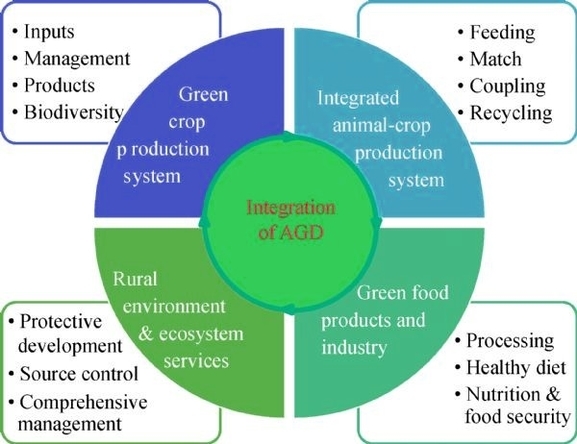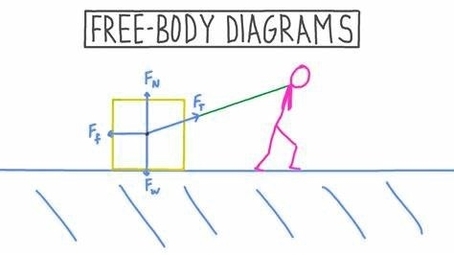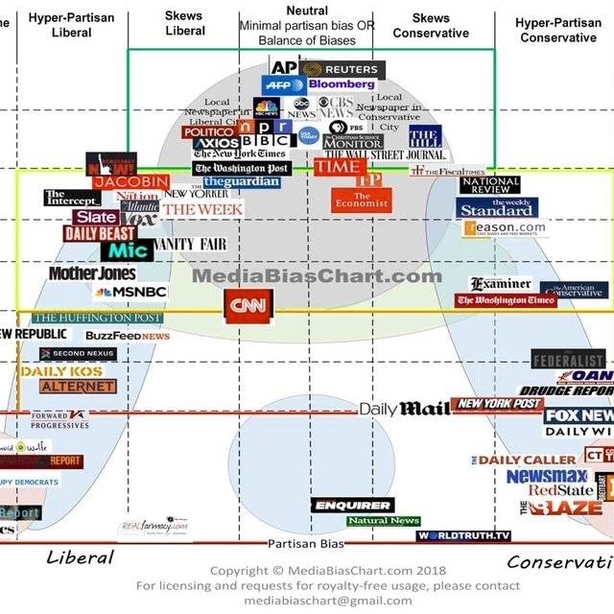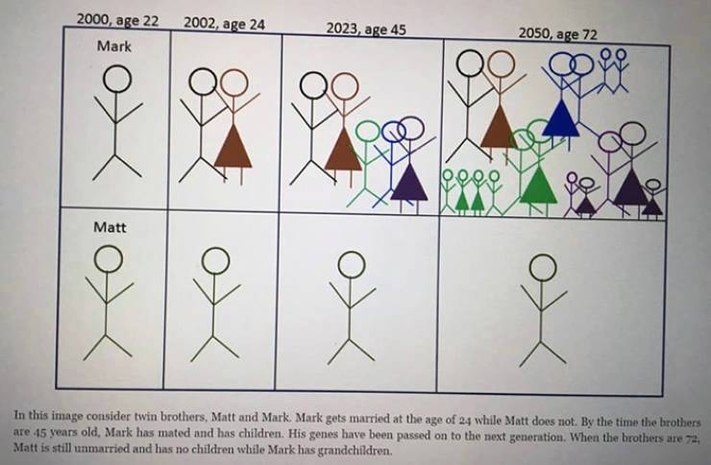Agriculture green development (AGD) is a concept of sustainable development that aims to protect the environment and ecosystems while meeting the economic and social needs of agriculture. AGD is an important pathway for reconciling the conflicts between agricultural production and ecological conservation, as well as enhancing the resilience and adaptation of agriculture to climate change.
To study AGD, researchers need to establish a comprehensive and systematic framework that can measure and evaluate the level of AGD, identify the driving factors and influencing mechanisms of AGD, and propose effective policies and strategies to promote AGD. Based on the literature review, this paper attempts to outline a possible research framework for AGD, which consists of four main components:
– Evaluation system: This component defines the indicators and criteria for assessing the level of AGD, which can reflect the multiple dimensions and objectives of AGD, such as agricultural resource utilization, agricultural environment conditions, agricultural industry development, and farmers’ living standard. The evaluation system can also incorporate the spatial and temporal variations of AGD, as well as the trade-offs and synergies among different indicators.
– Measurement method: This component applies appropriate quantitative methods to calculate the values and scores of the indicators and criteria, and to aggregate them into a comprehensive index of AGD. The measurement method can also compare and rank the AGD level of different regions and provinces, and analyze the trends and patterns of AGD over time. Some examples of measurement methods are entropy-weighted TOPSIS, coupling coordination degree, and green total factor productivity.
– Driving factor analysis: This component identifies and quantifies the main factors that affect the AGD level, and explores the causal relationships and interaction mechanisms among them. The driving factors can be classified into natural, economic, social, technological, institutional, and policy factors, and their impacts can be positive or negative, direct or indirect, short-term or long-term. Some examples of driving factor analysis methods are grey relational degree model, agricultural carbon emissions estimation, and comprehensive indices decomposition.
– Policy implication: This component provides policy suggestions and recommendations to improve the AGD level, based on the results and findings of the previous components. The policy implications can address the specific problems and challenges faced by different regions and provinces, and propose feasible and effective solutions and strategies. The policy implications can also consider the potential benefits and costs of implementing the policies, and the possible feedback and adjustment mechanisms.
The research framework for AGD is a useful tool for understanding and promoting the green and











